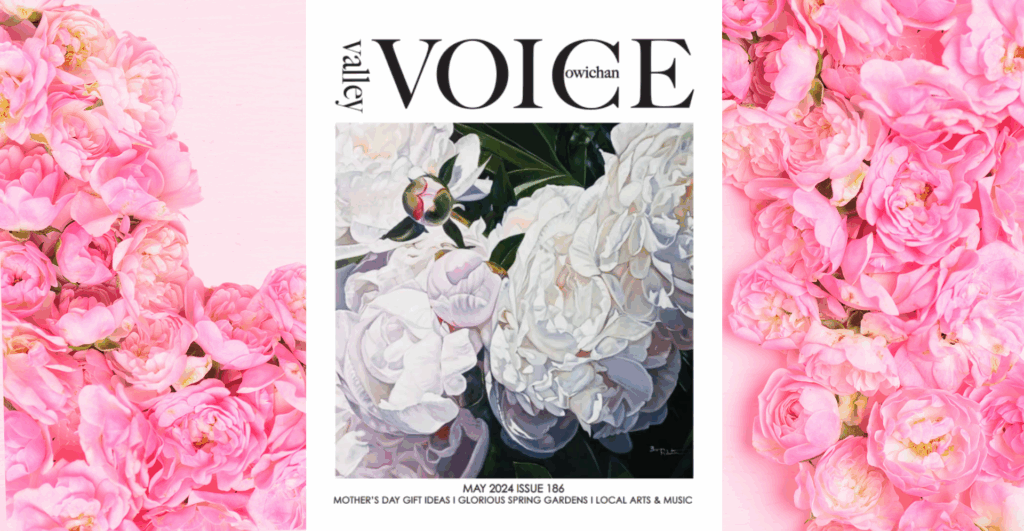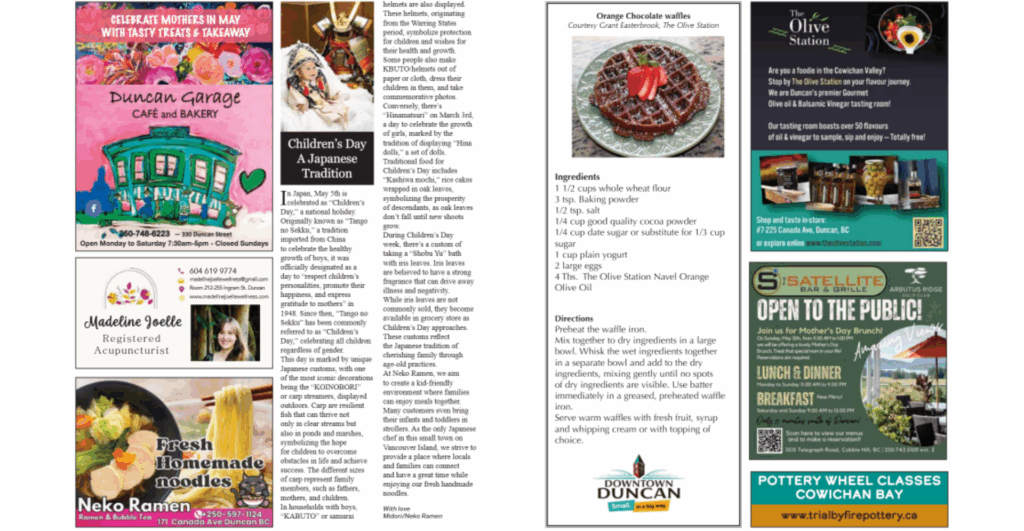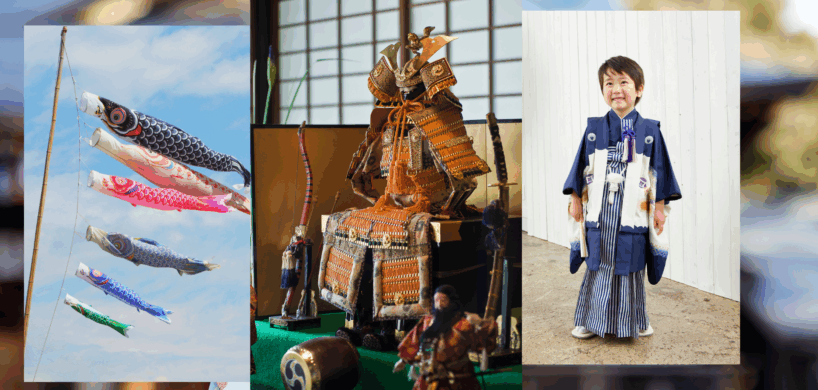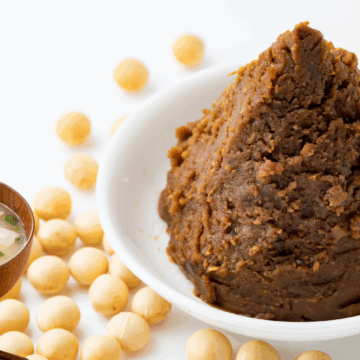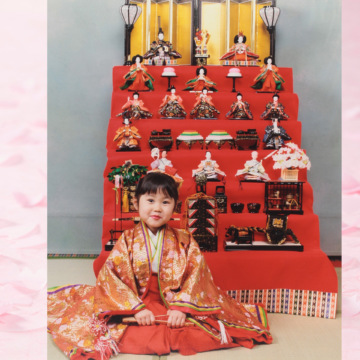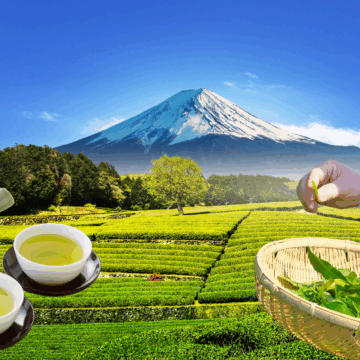In Japan, May 5th is celebrated as “Children’s Day,” a national holiday.
Originally known as “Tango no Sekku,” a tradition imported from China to celebrate the healthy growth of boys, it was officially designated as a day to “respect children’s personalities, promote their happiness, and express gratitude to mothers” in 1948. Since then, “Tango no Sekku” has been commonly referred to as “Children’s Day,” celebrating all children regardless of gender.
This day is marked by unique Japanese customs, with one of the most iconic decorations being the “KOINOBORI” or carp streamers, displayed outdoors. Carp are resilient fish that can thrive not only in clear streams but also in ponds and marshes, symbolizing the hope for children to overcome obstacles in life and achieve success. The different sizes of carp represent family members, such as fathers, mothers, and children.
In households with boys, “KABUTO” or samurai helmets are also displayed. These helmets, originating from the Warring States period, symbolize protection for children and wishes for their health and growth.
Some people also make KBUTO/helmets out of paper or cloth, dress their children in them, and take commemorative photos.
Conversely, there’s “Hinamatsuri” on March 3rd, a day to celebrate the growth of girls, marked by the tradition of displaying “Hina dolls,” a set of dolls.
Traditional food for Children’s Day includes “Kashiwa mochi,” rice cakes wrapped in oak leaves, symbolizing the prosperity of descendants, as oak leaves don’t fall until new shoots grow.
During Children’s Day week, there’s a custom of taking a “Shobu Yu” bath with iris leaves. Iris leaves are believed to have a strong fragrance that can drive away illness and negativity.
While iris leaves are not commonly sold, they become available in grocery store as Children’s Day approaches. These customs reflect the Japanese tradition of cherishing family through age-old practices.
At Neko Ramen, we aim to create a kid-friendly environment where families can enjoy meals together. Many customers even bring their infants and toddlers in strollers. As the only Japanese chef in this small town on Vancouver Island, we strive to provide a place where locals and families can connect and have a great time while enjoying our fresh handmade noodles.
With love.
This article was contributed to the May 2024 issue of Cowichan Valley Voice.
日本の「こどもの日」
日本では、5月5日は「こどもの日」として祝われる国民の祝日です。
もともとは中国から伝わった「端午の節句」という行事で、男の子の健やかな成長を願う日でしたが、1948年に正式に「子どもの人格を尊重し、子どもの幸福をはかるとともに、母に感謝する」日として定められました。これにより、「端午の節句」は性別に関係なくすべての子どもを祝う「こどもの日」として広く知られるようになりました。
この日は、日本ならではの風習がたくさん見られます。中でも代表的なのが、屋外に飾られる「鯉のぼり」です。鯉は清流だけでなく池や沼でも生きられるたくましい魚であり、子どもがどんな困難にも負けず、立派に成長することを願って掲げられます。それぞれの鯉のサイズは、父・母・子どもといった家族を表しています。
また、男の子のいる家庭では「兜(かぶと)」も飾られます。これは戦国時代に使われた武将の兜で、子どもを守る象徴として健康と成長を祈る意味があります。紙や布で兜を手作りして、子どもにかぶせて記念写真を撮る家庭もあります。
一方、3月3日は女の子の成長を祝う「ひな祭り」があり、「ひな人形」を飾る風習があります。
こどもの日の伝統的な食べ物には、「柏餅(かしわもち)」があります。これは柏の葉で包まれたお餅で、柏の葉が新芽が出るまで落ちないことから、「子孫繁栄」の象徴とされています。
また、こどもの日前後の風習として、「菖蒲湯(しょうぶゆ)」に入る習慣もあります。菖蒲の葉には強い香りがあり、病気や悪いものを追い払う効果があると信じられています。普段はあまり見かけない菖蒲の葉も、この時期になるとスーパーなどで販売されます。
これらの風習は、日本人が昔から家族の健康や幸福を大切にしてきた伝統を今に伝えるものです。
ネコラーメンでは、ご家族みなさまが一緒に食事を楽しめるキッズフレンドリーな環境を目指しています。**ベビーカーで赤ちゃんや小さなお子さまを連れて来店されるお客様も多くいらっしゃいます。**バンクーバーアイランドのこの小さな町で唯一の日本人シェフとして、私たちは地元の方々やご家族に愛され、つながりを感じられる場所づくりを目指しています。毎日手打ちする新鮮な麺と共に、ぜひ楽しい時間をお過ごしください。
愛を込めて。
この文章は、**2024年5月号の『Cowichan Valley Voice』**に寄稿されたものです。
